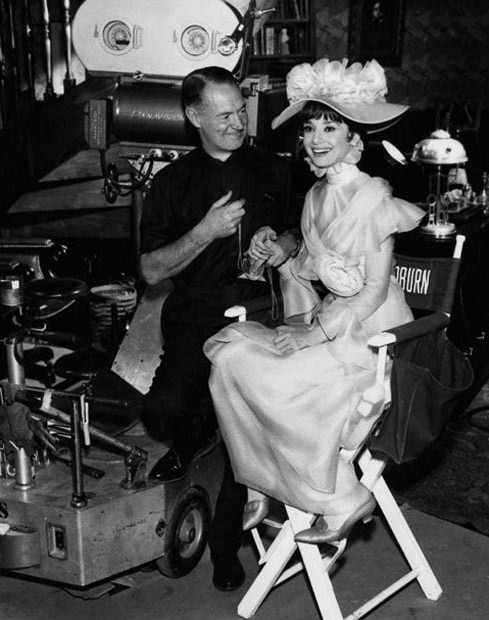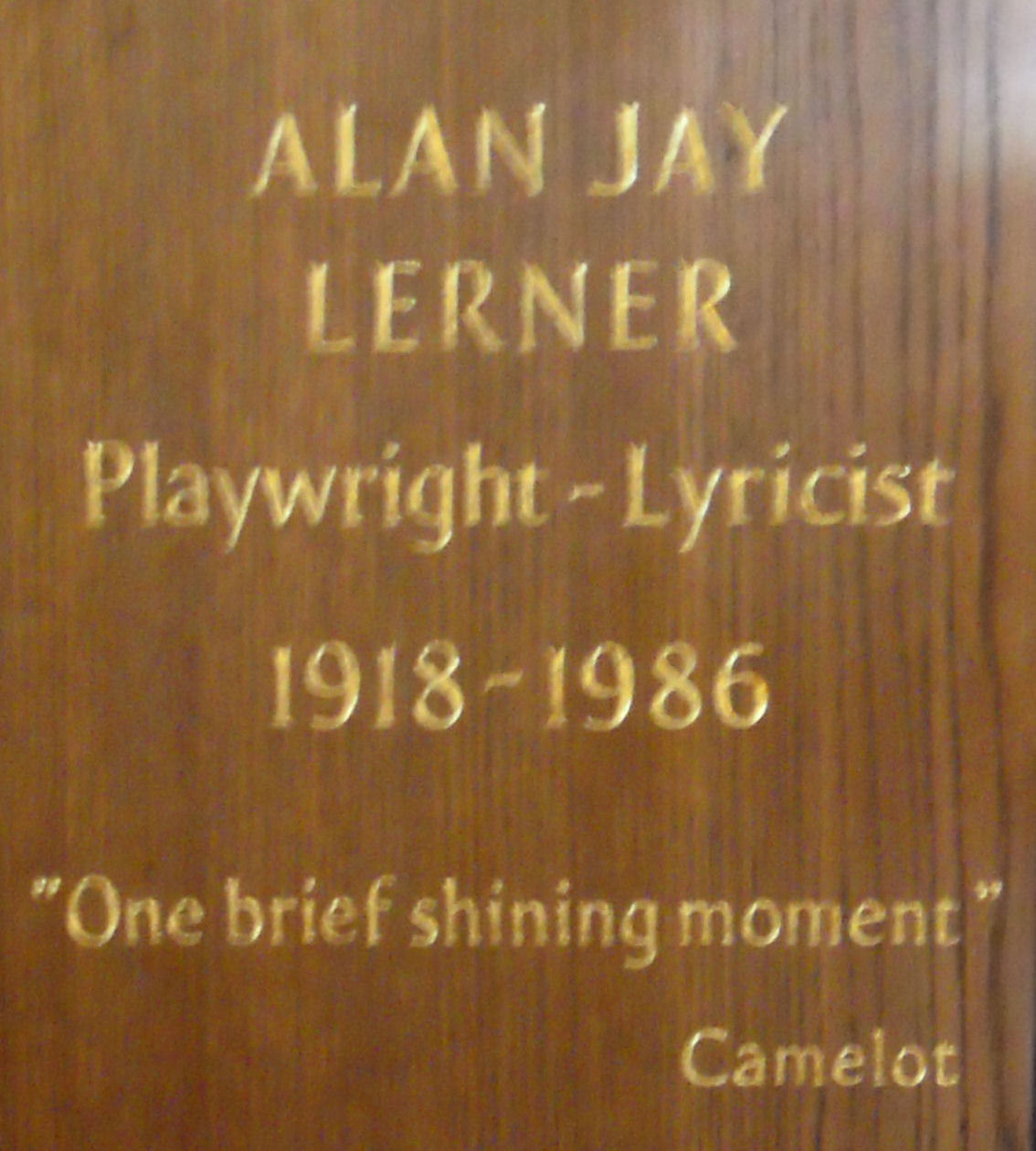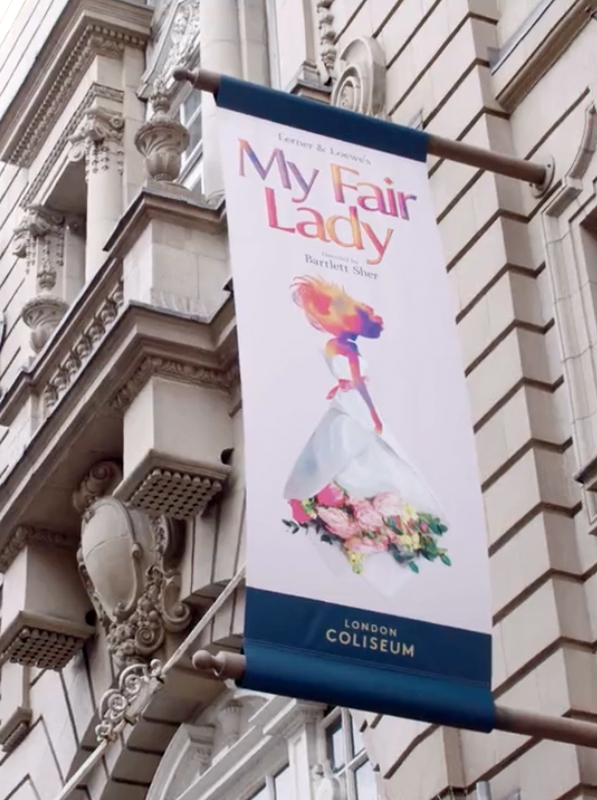|
My Fair Lady (Shelly Manne Album)
''My Fair Lady'', recorded by "Shelly Manne & His Friends" and released in 1956 by Contemporary Records, is the first album ever made consisting entirely of jazz versions of tunes from a single Broadway musical. It was an instant hit and became one of the best-selling jazz albums of its day. Origins ''Shelly Manne & his Friends* (*André Previn and Leroy Vinnegar): modern jazz performances of songs from My Fair Lady'', as the full name appeared on the 12-inch LP jacket (Contemporary Records C3527), was begun when drummer Shelly Manne, pianist André Previn, and bassist Leroy Vinnegar assembled on August 17, 1956, in the Contemporary studios in Los Angeles to produce an album of jazz versions of miscellaneous show tunes. (The three, having already recorded together as "Shelly Manne and His Friends", had some experience performing as a trio.) Previn and Manne were exchanging ideas with producer Lester Koenig, who suggested they do some tunes from the current Broadway musical ... [...More Info...] [...Related Items...] OR: [Wikipedia] [Google] [Baidu] |
Shelly Manne
Sheldon "Shelly" Manne (June 11, 1920 – September 26, 1984) was an American jazz drummer. Most frequently associated with West Coast jazz, he was known for his versatility and also played in a number of other styles, including Dixieland, swing, bebop, avant-garde jazz, and later fusion. He also contributed to the musical background of hundreds of Hollywood films and television programs. Family and origins Manne's father Max Manne and uncles were drummers. In his youth he admired many of the leading swing drummers of the day, especially Jo Jones and Dave Tough. Billy Gladstone, a colleague of Manne's father and the most admired percussionist on the New York theatrical scene, offered the teenage Shelly tips and encouragement. From that time, Manne rapidly developed his style in the clubs of 52nd Street in New York in the late 1930s and 1940s. His first professional job with a known big band was with the Bobby Byrne Orchestra in 1940. In those years, as he became known ... [...More Info...] [...Related Items...] OR: [Wikipedia] [Google] [Baidu] |
LP Album
The LP (from "long playing" or "long play") is an analog sound storage medium, a phonograph record format characterized by: a speed of rpm; a 12- or 10-inch (30- or 25-cm) diameter; use of the "microgroove" groove specification; and a vinyl (a copolymer of vinyl chloride acetate) composition disk. Introduced by Columbia in 1948, it was soon adopted as a new standard by the entire record industry. Apart from a few relatively minor refinements and the important later addition of stereophonic sound, it remained the standard format for record albums (during a period in popular music known as the album era) until its gradual replacement from the 1980s to the early 2000s, first by cassettes, then by compact discs, and finally by digital music distribution. Beginning in the late 2000s, the LP has experienced a resurgence in popularity. Format advantages At the time the LP was introduced, nearly all phonograph records for home use were made of an abrasive shellac compound ... [...More Info...] [...Related Items...] OR: [Wikipedia] [Google] [Baidu] |
I Could Have Danced All Night
"I Could Have Danced All Night" is a song from the musical ''My Fair Lady'', with music written by Frederick Loewe and lyrics by Alan Jay Lerner,"'My Fair Lady' Listing InternetBroadwayDatabase, accessed August 23, 2011 published in . The song is sung by the musical's heroine, , expressing her exhilaration and excitement after an impromptu dance with her tutor, Henry Higgins - in the small hours of the morning. In a during the secon ... [...More Info...] [...Related Items...] OR: [Wikipedia] [Google] [Baidu] |
Ballad (music)
A sentimental ballad is an emotional style of music that often deals with romantic and intimate relationships, and to a lesser extent, loneliness, death, war, drug abuse, politics and religion, usually in a poignant but solemn manner.J. M. Curtis, ''Rock Eras: Interpretations of Music and Society, 1954-1984'' (Popular Press, 1987), p. 236. Ballads are generally melodic enough to get the listener's attention. Sentimental ballads are found in most music genres, such as pop, R&B, soul, country, folk, rock and electronic music. Usually slow in tempo, ballads tend to have a lush musical arrangement which emphasizes the song's melody and harmonies. Characteristically, ballads use acoustic instruments such as guitars, pianos, saxophones, and sometimes an orchestral set. Many modern mainstream ballads tend to feature synthesizers, drum machines and even, to some extent, a dance rhythm. Sentimental ballads had their origins in the early Tin Pan Alley music industry of the later 19t ... [...More Info...] [...Related Items...] OR: [Wikipedia] [Google] [Baidu] |
Harmony
In music, harmony is the process by which individual sounds are joined together or composed into whole units or compositions. Often, the term harmony refers to simultaneously occurring frequencies, pitches ( tones, notes), or chords. However, harmony is generally understood to involve both vertical harmony (chords) and horizontal harmony ( melody). Harmony is a perceptual property of music, and, along with melody, one of the building blocks of Western music. Its perception is based on consonance, a concept whose definition has changed various times throughout Western music. In a physiological approach, consonance is a continuous variable. Consonant pitch relationships are described as sounding more pleasant, euphonious, and beautiful than dissonant relationships which sound unpleasant, discordant, or rough. The study of harmony involves chords and their construction and chord progressions and the principles of connection that govern them. Counterpoint, which refers to ... [...More Info...] [...Related Items...] OR: [Wikipedia] [Google] [Baidu] |
Film Score
A film score is original music written specifically to accompany a film. The score comprises a number of orchestral, instrumental, or choral pieces called cues, which are timed to begin and end at specific points during the film in order to enhance the dramatic narrative and the emotional impact of the scene in question. Scores are written by one or more composers under the guidance of or in collaboration with the film's director or producer and are then most often performed by an ensemble of musicians – usually including an orchestra (most likely a symphony orchestra) or band, instrumental soloists, and choir or vocalists – known as playback singers – and recorded by a sound engineer. The term is less frequently applied to music written for other media such as live theatre, television and radio programs, and video game, and said music is typically referred to as either the soundtrack or incidental music. Film scores encompass an enormous variety of styles ... [...More Info...] [...Related Items...] OR: [Wikipedia] [Google] [Baidu] |
West Coast Jazz
West Coast jazz refers to styles of jazz that developed in Los Angeles and San Francisco during the 1950s. West Coast jazz is often seen as a subgenre of cool jazz, which consisted of a calmer style than bebop or hard bop. The music relied relatively more on composition and arrangement than on the individually improvised playing of other jazz styles. Although this style dominated, it was not the only form of jazz heard on the American West Coast. History Background Before World War II, the west coast of the U.S. hosted a bustling music scene, though its activity remained largely localized. In 1917, Jelly Roll Morton moved to California and remained in Los Angeles until 1922, when he left for Chicago. Kid Ory formed a band in Los Angeles after moving to California in 1919. In 1944, Norman Granz began staging Jazz at the Philharmonic shows at Philharmonic Auditorium in Los Angeles. In 1946, Ross Russell established Dial Records in Hollywood to record Charlie Parker during his s ... [...More Info...] [...Related Items...] OR: [Wikipedia] [Google] [Baidu] |
Arrangement
In music, an arrangement is a musical adaptation of an existing composition. Differences from the original composition may include reharmonization, melodic paraphrasing, orchestration, or formal development. Arranging differs from orchestration in that the latter process is limited to the assignment of notes to instruments for performance by an orchestra, concert band, or other musical ensemble. Arranging "involves adding compositional techniques, such as new thematic material for introductions, transitions, or modulations, and endings. Arranging is the art of giving an existing melody musical variety".(Corozine 2002, p. 3) In jazz, a memorized (unwritten) arrangement of a new or pre-existing composition is known as a ''head arrangement''. Classical music Arrangement and transcriptions of classical and serious music go back to the early history of this genre. Eighteenth century J.S. Bach frequently made arrangements of his own and other composers' piec ... [...More Info...] [...Related Items...] OR: [Wikipedia] [Google] [Baidu] |
Sheet Music
Sheet music is a handwritten or printed form of musical notation that uses List of musical symbols, musical symbols to indicate the pitches, rhythms, or chord (music), chords of a song or instrumental Musical composition, musical piece. Like its analogs – printed Book, books or Pamphlet, pamphlets in English, Arabic, or other languages – the medium of sheet music typically is paper (or, in earlier centuries, papyrus or parchment). However, access to musical notation since the 1980s has included the presentation of musical notation on computer screens and the development of scorewriter Computer program, computer programs that can notate a song or piece electronically, and, in some cases, "play back" the notated music using a synthesizer or virtual instrumentation, virtual instruments. The use of the term "sheet" is intended to differentiate written or printed forms of music from sound recordings (on vinyl record, compact cassette, cassette, Compact disc, CD), radio or Telev ... [...More Info...] [...Related Items...] OR: [Wikipedia] [Google] [Baidu] |
Frederick Loewe
Frederick Loewe (, originally German Friedrich (Fritz) Löwe ; June 10, 1901 – February 14, 1988) was an Austrian-United States, American composer. He collaborated with lyricist Alan Jay Lerner on a series of Broadway musicals, including ''Brigadoon'', ''Paint Your Wagon (musical), Paint Your Wagon'', ''My Fair Lady'', and ''Camelot (musical), Camelot'', all of which were made into films, as well as the original film musical ''Gigi (1958 film), Gigi'' (1958), which was first Gigi (musical), transferred to the stage in 1973. Biography Loewe was born in Berlin (Charlottenburg), Germany, to Vienna, Viennese parents Edmund and Rosa Loewe. His father was a noted Jewish operetta star who performed throughout Europe and in North America, North and South America; he starred as Count Danilo in the 1906 Berlin production of ''The Merry Widow''. Loewe grew up in Berlin and attended a Prussian cadet school from the age of five until he was thirteen. At an early age Loewe learned to play ... [...More Info...] [...Related Items...] OR: [Wikipedia] [Google] [Baidu] |
Alan Jay Lerner
Alan Jay Lerner (August 31, 1918 – June 14, 1986) was an American lyricist and librettist. In collaboration with Frederick Loewe, and later Burton Lane, he created some of the world's most popular and enduring works of musical theatre both for the stage and on film. He won three Tony Awards and three Academy Awards, among other honors. Early life and education Born in New York City, he was the son of Edith Adelson Lerner and Joseph Jay Lerner, whose brother, Samuel Alexander Lerner, was founder and owner of the Lerner Stores, a chain of dress shops. One of Lerner's cousins was the radio comedian and television game show panelist Henry Morgan (comedian), Henry Morgan. Lerner was educated at Bedales School in England, Choate Rosemary Hall, The Choate School (now Choate Rosemary Hall) in Wallingford, Connecticut, (where he wrote "The Choate Marching Song") and Harvard University, Harvard. He attended both Camp Androscoggin and Camp Greylock. At both Choate and Harvard, Lerner ... [...More Info...] [...Related Items...] OR: [Wikipedia] [Google] [Baidu] |
My Fair Lady
''My Fair Lady'' is a musical based on George Bernard Shaw's 1913 play ''Pygmalion'', with a book and lyrics by Alan Jay Lerner and music by Frederick Loewe. The story concerns Eliza Doolittle, a Cockney flower girl who takes speech lessons from professor Henry Higgins, a phonetician, so that she may pass as a lady. Despite his cynical nature and difficulty understanding women, Higgins grows attached to her. The musical's 1956 Broadway production was a notable critical and popular success, winning six Tony Awards, including Best Musical. It set a record for the longest run of any musical on Broadway up to that time and was followed by a hit London production. Rex Harrison and Julie Andrews starred in both productions. Many revivals have followed, and the 1964 film version won the Academy Award for Best Picture. Plot Act I In Edwardian London, Eliza Doolittle is a flower girl with a thick Cockney accent. The noted phonetician Professor Henry Higgins encounters Eliza at Cov ... [...More Info...] [...Related Items...] OR: [Wikipedia] [Google] [Baidu] |





